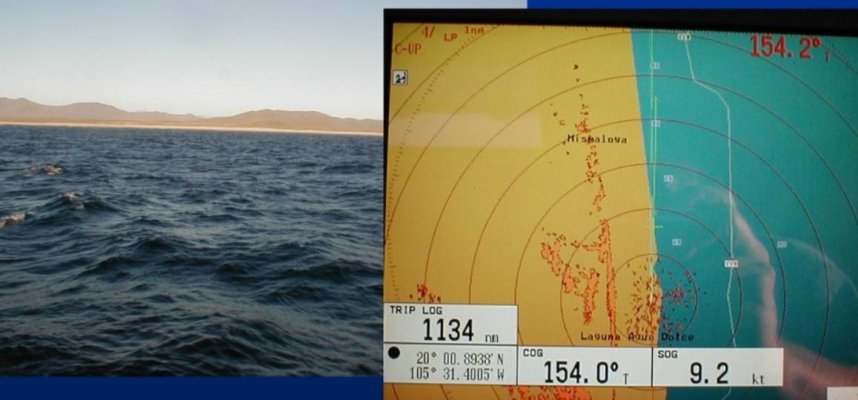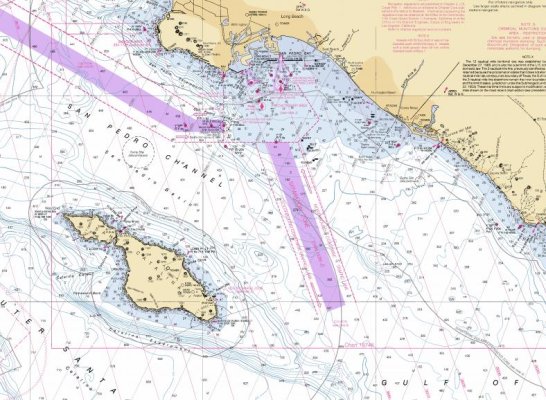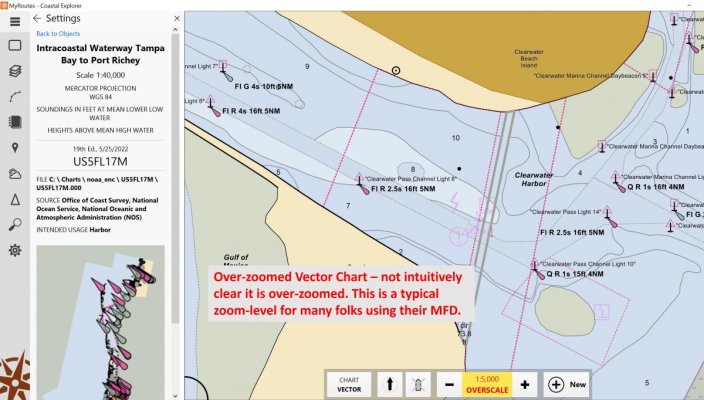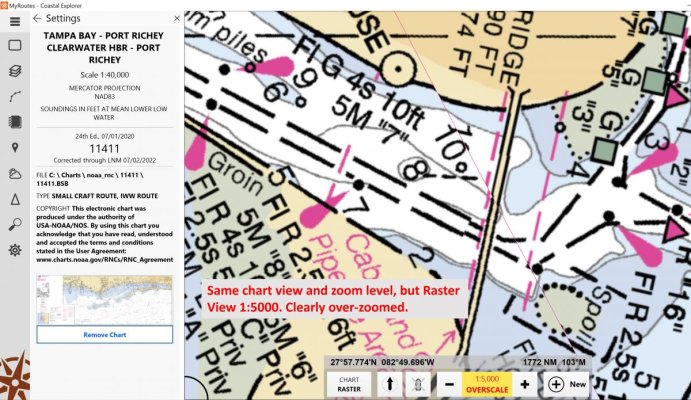Mambo42
Guru
- Joined
- Oct 26, 2021
- Messages
- 688
- Vessel Name
- Endless Summer
- Vessel Make
- 1979 Defever 49
Everyone has to decide for himself what he or she wants to do. If someone does not want a paper chart that is fine, I will keep one. Perhaps it comes from my training as a pilot, I am used to doing it.
I also do take bearings along the route, plot the route I want to sail on a chart before I get the waypoints and put them into the GPS. I draw the track on a map as well, so I can see where we go, what we cross and that way I don't end up like the guys in Paxos just recently. They just pushed 'present position to A, never took a good look at the chart and completely missed a couple of rocks in the middle of the sea, so they hit it with 30 kts, boat completely destroyed. E-sysman made an episode about it.
But like I said, everyone has to decide for himself.
I just wonder if the tablet or phone is also in your grab bag in case you have to abandon ship and get into a dinghy. And how are you going to charge that phone or tablet when you sit in that dinghy ?
I also do take bearings along the route, plot the route I want to sail on a chart before I get the waypoints and put them into the GPS. I draw the track on a map as well, so I can see where we go, what we cross and that way I don't end up like the guys in Paxos just recently. They just pushed 'present position to A, never took a good look at the chart and completely missed a couple of rocks in the middle of the sea, so they hit it with 30 kts, boat completely destroyed. E-sysman made an episode about it.
But like I said, everyone has to decide for himself.
I just wonder if the tablet or phone is also in your grab bag in case you have to abandon ship and get into a dinghy. And how are you going to charge that phone or tablet when you sit in that dinghy ?





